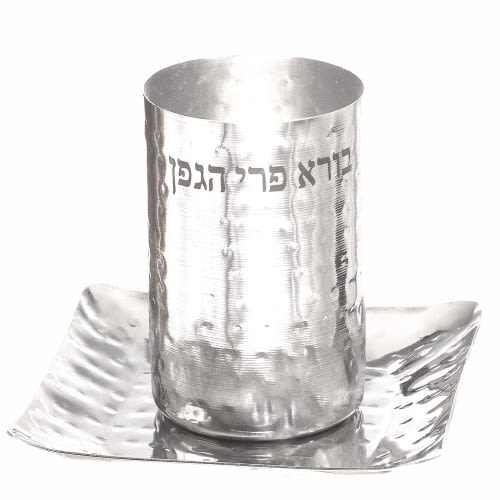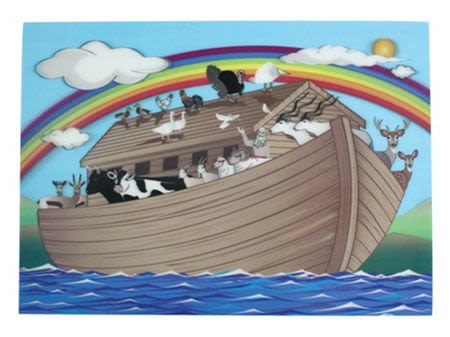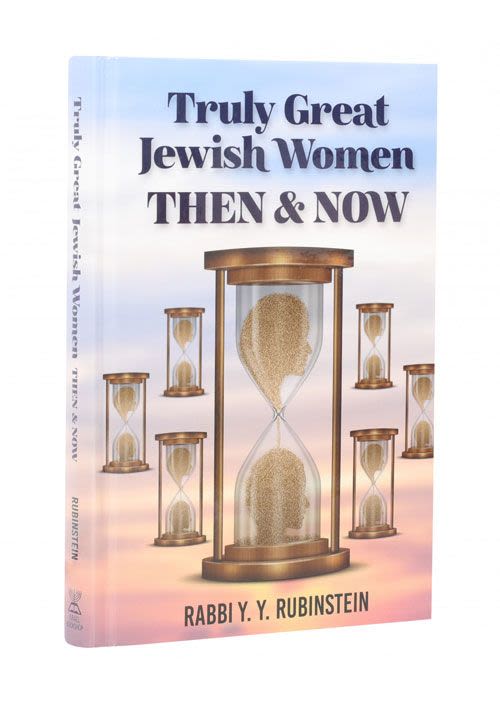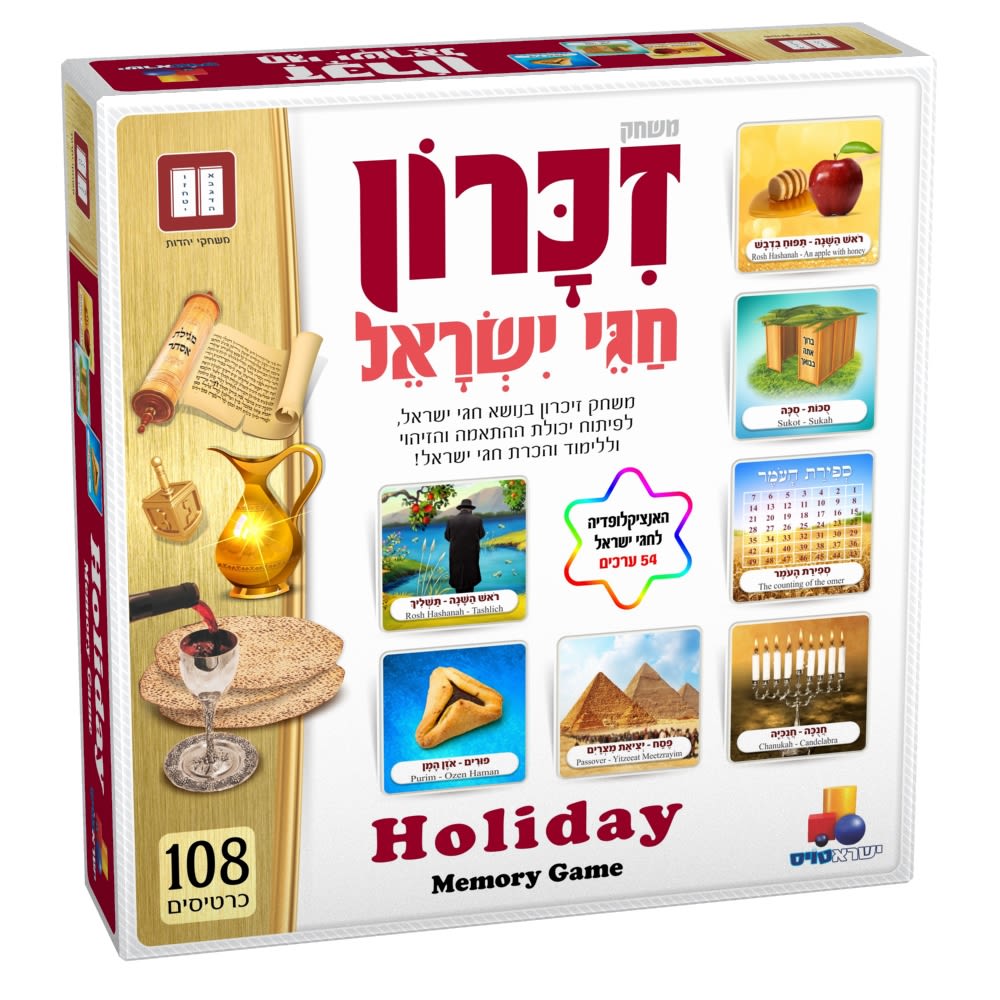
Breslev Customs for Sukkot Holidays
The Rebbe taught that by giving tzedakah before the festival, one is enabled to see through the illusion...

Rebbe Nachman taught that by honoring the festivals and by celebrating them with joy, with delicacies and fine clothes, according to one’s means, one attains ‘anavah (i.e. one overcomes the ego) and thus may receive the light of the Tzaddikim (Likutei Moharan I, 135).
The Rebbe also taught that by giving tzedakah before the festival, one is enabled to see through the illusion of nature and experience the true joy of Yom Tov (Likutei Moharan II, 4:6).
Sukkah / Arba’ah Minim
Rebbe Nachman greatly praised those who exert themselves to buy a beautiful etrog, adding that there are profound mystical reasons for this custom (Sichot ha-Ran 125; cf. Reb Noson’s attentiveness to this hiddur mitzvah mentioned in Yemei Moharnat, Letters 91, 269, 322, 437, and 472).
Nevertheless, Rabbi Gedalia Kenig cautioned that a poor person should not spend beyond his means to purchase an etrog.
The minhag of the ARI zal for the Arba’ah Minim is to place one aravah (willow branch) on each side of the lulav with the three hadassim (myrtle branches) covering them, and to bind them together with leaves of the lulav, not with the woven kesharim more commonly used. However, most Breslover Chassidim follow the more common custom of placing the three hadassim on the right of the lulav and the two aravos on the left. Rabbi Elazar Kenig says that his father would tie the Arba’ah Minim with leaves of the lulav (simply tying knots, not making the leaves into rings), but did not arrange them according to the minhag of the ARI zal. He indicated that this probably reflected the general rule of avoiding doing things in public that are conspicuously different than the common practice.
Rabbi Elazar Kenig also mentioned that that in Likutei Halakhos, Reb Nosson sometimes darshans on minhagim of the ARI zal, while at other times he cites the local Ukrainian minhagim of his day. Thus, it is apparent that Reb Nosson did not do everything according to the ARI zal.
Rabbi Gedalia Kenig was particular to recite the blessing over the Arba’ah Minim in the Sukkah prior to Shacharit, following the view of the ARI zal.
Rabbi Gedalia Kenig also performed the nanu’im (shaking the lulav and etrog) according to the shittah of the ARI zal. This is the common custom in most Chassidic communities.
Chol HaMoed
Breslover Chassidim follow the view of the ARI zal and the Baal Shem Tov, based on the Zohar and many Rishonim, not to wear Tefillin on Chol haMoed. Reb Nosson also mentions this in Likutei Halakhot.
(Re. the Baal Shem Tov, see: Imrei Pinchos 751; Shivchei Baal Shem Tov 6; Shulchan ha-Tahor [Komarno], Hilchot Tefillin 31:1. Re. the Zohar, see Zohar Chadash, Shir ha-Shirim, 64b; also note Rabbi Chaim Vital, Sha’ar ha-Kavanot, Drushei Chazorat ha-‘Amidah, Drush 2, 38b.
Rishonim who take this position include: Tosefot on Menachot 36b; Teshuvot ha-Rashba and Ra’avad, as cited in Shulchan Arukh, Orach Chaim 31:2. Cf. Likkutei Halakhot, Tefillin 6:4; ibid. Chol haMoed 1:3.)
Rabbi Elazar Kenig told someone from an Ashkenazi background that for a Breslover Chassid, it is assur to put on Tefillin on Chol haMoed, despite any family minhag to the contrary.
Hoshana Rabbah
On Hoshana Rabba the heavenly decree is sealed. Therefore, this is a time of teshuvah. At night, is customary to remain awake until dawn. One recites the entire Sefer Devarim − or more commonly today, one listens to the Baal Korei do so. In Tzefat, they adopted this custom in recent years, since it is easier on the tzibbur. The reading of Sefer Devarim takes place immediately upon the conclusion of Maariv. Then everyone returns home. After midnight, the men and older boys return to the synagogue to recite the entire Sefer Tehillim.
The ARI zal also stresses the importance of davening with kavanah on Hoshana Rabba, since it is a time of judgment. This is one of the five times during the year when Breslover Chassidim are particular to daven with the sunrise. (See Rabbi Chaim Vital, Sha’ar ha-Kavannot, ‘Inyan Sukkah, beginning; ibid. Drush 6.)
Shemini Atzeret / Simchat Torah
In one of his letters, Rabbi Gedalia Kenig writes that on Shemini Atzeret in chutz la’aretz, Rabbi Avraham Sternhartz would eat in the sukkah at night, but not sleep there. After Shacharit, he made Kiddush in the sukkah and ate some cake. Then he recited a berakhah acharonah, and washed for hamotzi, which he also made in the sukkah.
However, after eating some challah, he retired to the house to finish the meal. This seems to have been a regional custom, or a variation on the regional custom. It is not clear when Reb Avraham recited the prayer in which one bids farewell to the sukkah, whether after the day meal, or later in the afternoon, prior to Minchah. (Heard from Rabbi Yehudah Lichter. Shulchan Arukh, Orach Chaim 668:1 states that one should eat in the sukkah on Shemini Atzeret in chutz la’aretz. However, Ukrainian Chassidim such as those of Skver-Chernobyl typically eat in the sukkah at night, then make Kiddush and eat some cake by day, after which they retire to the house to wash for the mid-day meal. The only difference between this custom and that of Reb Avraham is that he made “hamotzi” in the sukkah, as well. The Ukrainian custom seems to be a compromise between the minhag of the Baal Shem Tov, who did not eat in the sukkah on Shemini Atzeret, and the Maggid of Mezeritch, who did; for further discussion, see Rabbi Chaim Elazar Spira of Munkatch, Minchas Elazar IV, 31; Eser Oros 70b; Beis Rizhin; Beis Skver; et al.)
On Shemini Atzeret one does not recite the berakhah “leishev ba-sukkah,” nor does one dip the challah in honey.
On Simchat Torah, Breslover Chassidim do not drink intoxicants (aside from the wine used for Kiddush). In the morning, the ‘olam makes Kiddush in shul after reciting Hallel, prior to the hakafot.
Reb Nosson expounds on the concept that Simchat Torah alludes to the ultimate goal of creation. At this time, an illumination is drawn into the world of the “Torah of the Hidden Ancient One” that will be revealed in the Messianic Age. This is why we conclude the Sefer Torah and begin reading it again, as well as why we dance in circles and rejoice.
All of this alludes to the transcendent reality, which is compared to a circle, and which will then be openly perceived (Otzar ha-Yirah, Teshuvas ha-Shanah, Elul-Rosh Hashanah-Yom Kippur-Sukkos 89, citing
Likkutei Halakhos, Sukkah 2).
(Used with permission from the Breslov Center http://www.nachalnovea.com/)











Tell us what you think!
Thank you for your comment!
It will be published after approval by the Editor.